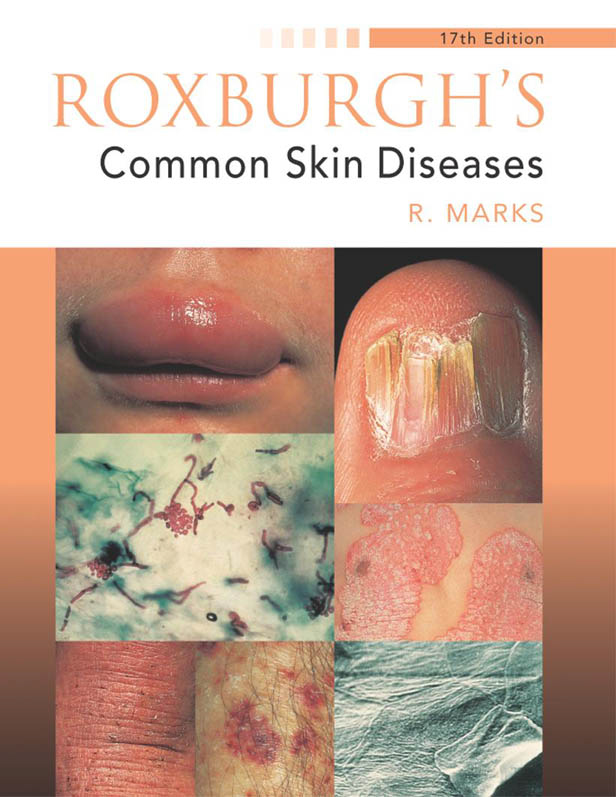 [dropcap]R[/dropcap]ecognition and treatment of skin disease is an important part of the practice of
[dropcap]R[/dropcap]ecognition and treatment of skin disease is an important part of the practice of
medicine. These skills should form an essential part of the undergraduate curriculum
because skin disorders are common and often extremely disabling in one
way or another. Apart from the fact that all physicians will inevitably have to cope
with patients with rashes, itches, skin ulcerations, inflamed papules, nodules and
tumours at some point in their careers, skin disorders themselves are intrinsically
fascinating. The fact that their progress both in development and in relapse can be
closely observed, and their clinical appearance easily correlated with their pathology,
should enable the student or young physician to obtain a better overall view
of the way disease processes affect tissues.
The division of the material in this book into chapters has been pragmatic,
combining both traditional clinical and ‘disease process’ categorization, and after
much thought it seems to the author that no one classification is either universally
applicable or completely acceptable.
It is important that malfunction is seen as an extension of normal function
rather than as an isolated and rather mysterious event. For this reason, basic structure
and function of the skin have been included, both in a separate chapter and
where necessary in the descriptions of the various disorders.
It is intended that the book fulfil both the educational needs of medical students
and young doctors as well as being of assistance to general practitioners in
their everyday professional lives.Hopefully it will also excite some who read it sufficiently
to want to know more, so that they consult the appropriate monographs
and larger, more specialized works.
In this new edition of Roxburgh’s Common Skin Diseases account has been taken
of recent advances both in the understanding of the pathogenesis of skin disease
and in treatments for it. Please forgive any omissions as events move so fast it is
really hard to catch up!
Product Details
|

